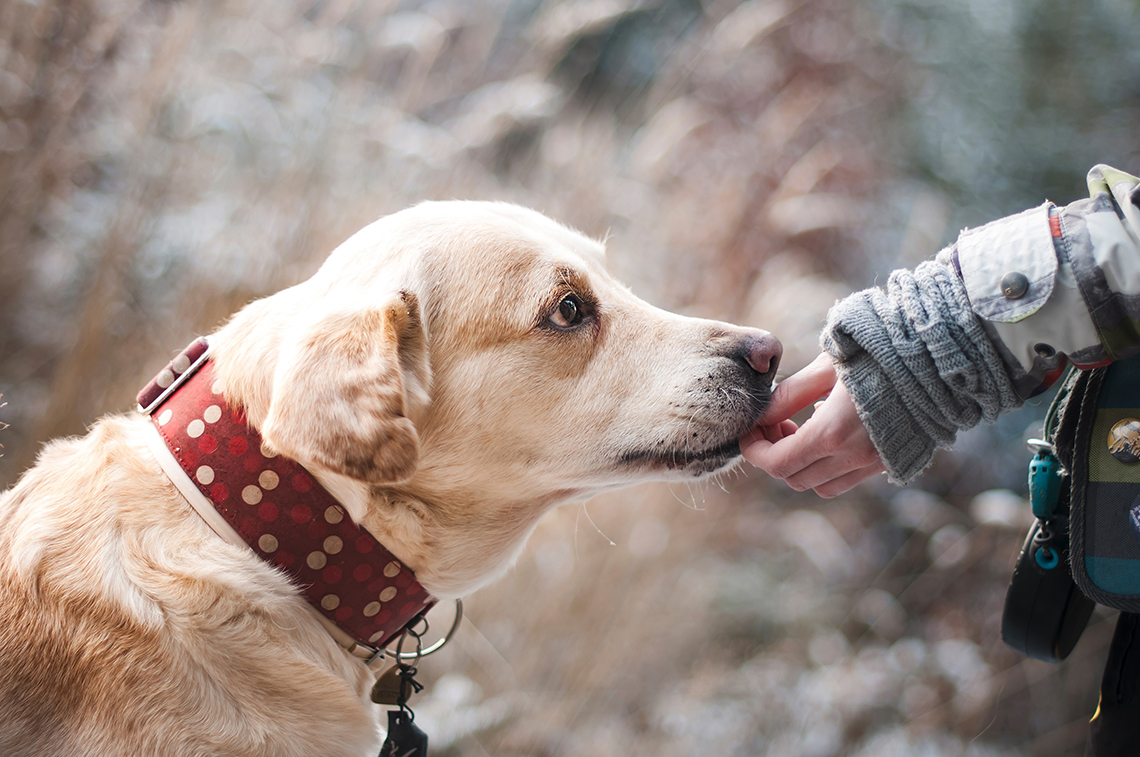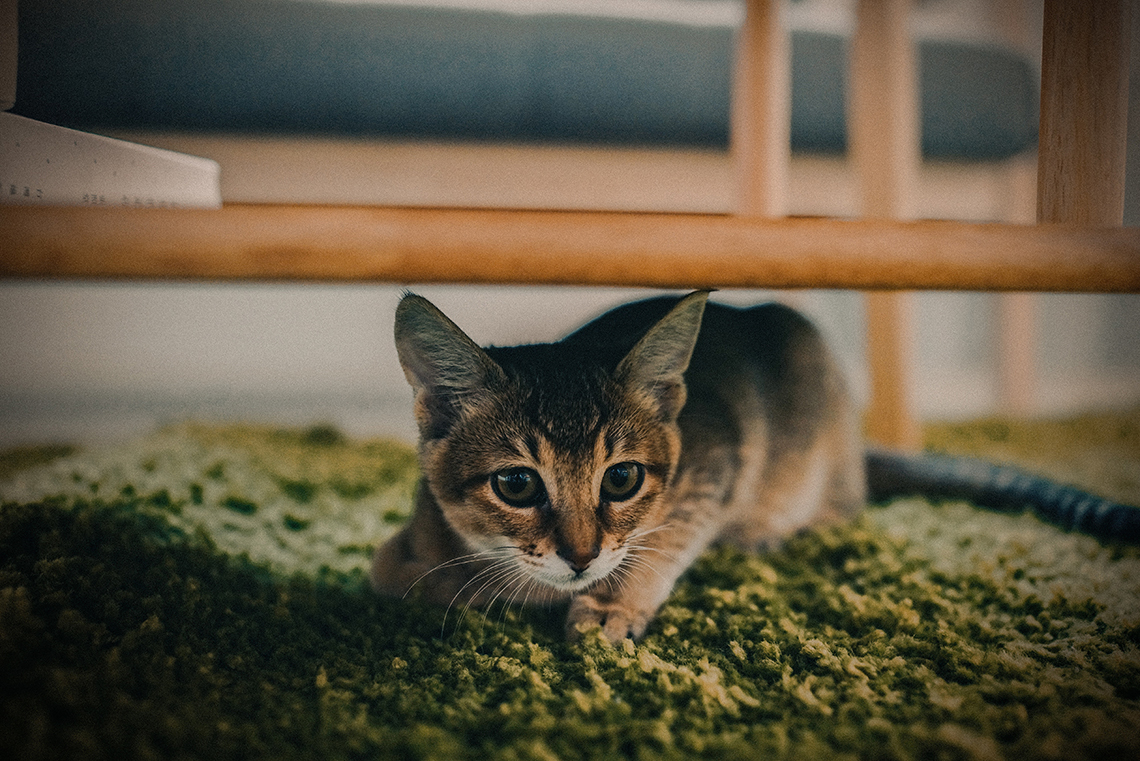Fleas are one reason I hesitate to adopt a fluffy, fuzzy pet of any kind. Not only are they a nuisance and health hazard to your precious four-legged companion, but they can be a detriment to your home, health and sanity as well. Did you know there are some pets who have terrible allergic reactions to flea bites? If you are still struggling to get rid of fleas on your furry companions then you need to check out these reasons and tips on how to get rid of the pesky pests once and for all.
You’ve tried everything but they keep coming back. What are you doing wrong?
The post 10 Reasons Why Your Pet Still Has Fleas appeared first on Eartheasy Blog.

moshehar / Pixabay
1. Neglecting Flea Hotspots
Most homes have ‘hotspots’ where flea eggs and feces collect. You can usually find these areas where your pet rests during the day or beds down for the night. Since the flea larvae that hatch from these eggs don’t travel very far, targeting these areas is your number one defense against fleas. If possible, watch your pet throughout the day and see where he or she spends the most time. Lounging, grooming, napping, and just lying around may not look like much, but these quiet intervals give flea eggs the chance to fall to the ground and begin the cycle all over again. Focus your treatments on these areas, and if electrical outlets are located nearby, try plugging in electric flea traps to reduce the population. If the trap isn’t catching fleas within 48 hours, move to a different location near another hotspot. And don’t forget to treat your vehicle if your pet spends time travelling with you. Car seats, blankets, crates, and carriers offer another ideal place for potential hotspots to develop. For more information, see our Natural, Non-toxic Flea Control Guide
2. Not Treating the Environment
The ideal flea environment is between 70-85°F (about 20-30°C) with a humidity of 70%. If you can, keep your home below 70°F and use a dehumidifier or air conditioner if you have trouble with humidity. A pet’s furry body provides the moist, warm home that fleas need, especially if your pet goes outside a lot and gets wet from the outdoors. Dry your pets when they come inside and run a flea comb through their fur, checking for fleas as you go.
3. Not Treating Often Enough
Fleas go through a life cycle of egg, larvae, pupae, and adult. Most flea treatments just kill adult fleas, but fleas can continue to emerge for months after you think an infestation has ended. When a newly emerged female flea finds a host, she can lay eggs within one day. Regular treatment is the key to keeping fleas at bay, but bathing your pet does nothing to prevent fleas. While many adults will wash away, the eggs will remain. As soon as you finish rinsing the soap, more fleas will jump right back on (and more will hatch). Whether you are using a natural flea treatment or not, a regular regimen is necessary to combat fleas.

4. Only Treating the Fleas You See
Adult fleas only make up about 5% of an infestation, and these are generally the ones you see on your pet. The rest you can’t see: the eggs, larvae, and pupae. Eggs hatch within 21 days and the larvae settle into fabrics like furniture and carpet. Here they will feast on dead skin cells and hair. Since 95% of the flea’s life is spent outside the adult stage, flea infestations can take a long time to eradicate. To treat the fleas you can’t see, wash all of your bedding, blankets, and pillows in very hot water. Steam clean other fibrous materials, particularly those in the living and bedrooms, since studies have shown the highest flea concentrations are usually in these areas. Use food-grade diatomaceous earth around hot spots, including around pet bedding and resting areas. This natural flea control works by dehydrating insects and is non-toxic to pets. You can treat both carpets and wood floors, applying in lines around areas most frequented. For more information, read Diatomaceous Earth: Non-toxic Pest Control for Your Home and garden
5. Using the Wrong Treatments
Many flea treatments are toxic to children and pets, especially the drops that are applied to the fur, including powders, collars, and sprays. These are pesticides and should not be used without serious thought. There are now chewable forms of flea treatment that are far less hazardous, although slightly less effective, than straight-up pesticides. One of the most popular is called Comfortis, which lasts a month per dose and is prescribed by your veterinarian. The key ingredient is Spinosad, which is a natural substance that is made from a soil bacterium that has been tested heavily by the EPA for health effects. It’s also very important to realize that treatments for killing fleas on dogs can harm cats, and a small dog will need an entirely different treatment than a big dog as well. Don’t buy flea treatments from the pet store until you have consulted with your veterinarian to discuss the right treatment for your animal. Natural sprays and electric flea trapscan give you even more protection. There are also refillable pads for flea traps to keep them working their best.
6. Re-infestation from Outdoors
Airflow and sunlight kill flea larvae, so the brighter and airier your yard, the less likely your pet will bring a flea inside. Keep your yard clean and free of debris. That means mowing your lawn regularly and trimming shrubs so that fleas have fewer shady places to live. Keeping your yard clean also discourages wild animals from thriving there, bringing their fleas with them. Raccoons and stray cats are the most common trespassers. Research also suggests that flea-eating nematodes are extremely effective at killing flea larvae outdoors. If you suspect your pet’s fleas are coming from your yard, purchase nematodes from your local garden center and apply to shady, moist areas where fleas thrive using a lawn sprayer. Within 24 hours, the flea population usually declines substantially.

7. Infestation From Other Pets
If more than one pet lives in your house, treat each one as a potential host for your flea problem, even if only one is scratching. Combing, proper grooming, and household cleanliness goes a long way, but getting tough with vacuuming, flea traps, and diatomaceous earth is more effective. Treat all your pets’ beds and resting/sleeping areas. You can even rub diatomaceous earth into your pet’s fur, but because it is a fine dust, be careful not to create lung problems for any family members who might suffer from asthma or other breathing difficulties. Additionally, avoid applying near a house fan or in windy environments.
8. Not Treating Year Round
It’s just not true that your pet can’t get fleas in the winter. Fleas can live outside in temperatures as low as 33°F (0.5 °C) for five days, and thrive in crawl spaces and porches. The pupae can lie dormant for over a year until they find themselves in the right temperature. You can take the risk of ignoring fleas for a few months, but chances are that one flea will multiply as soon as it hitches a ride into your home. Keep up your flea treatments during cold weather for as long as necessary.
9. Ignoring Carpets
As mentioned earlier, carpets are a major haven for flea eggs and larvae. They should be vacuumed frequently and if possible, steam cleaned to kill eggs. Be sure to remove vacuum bags from your machine after cleaning and place outside the house to prevent re-infestations. A vacuum with a True HEPA filter will be able to effectively reduce the population dramatically. You can also treat your carpet using food-grade diatomaceous earth. Sprinkle over areas used frequently by your pet, including those under pet bedding. Wait two to three days, and then vacuum up. You can also spread diatomaceous earth in lines along walls and in crevices near carpeted areas.

10. Using Flea Treatments Improperly
This is a no-brainer and a common theme in all of these strategies, but doing only half the job or the wrong thing is worse than not doing it at all, because fleas readily adapt to their environment. Treatments used improperly allow fleas the chance to become immune to controls with each new generation. This can lead to endlessly larger outbreaks as fleas continue to multiply and become more resistant. Don’t put your sanity or your pet at risk by failing to follow instructions.
Staying Flea-Free
Fleas are uncomfortable for your dog and it’s worth taking them seriously. Not only can they bite and cause infections, they can transfer tapeworms to your pets. Their ability to jump 150 times their own length, drink 15 times their own body weight, and go for 100 days between meals makes them difficult to combat, but by being proactive you can prevent infestations. A holistic plan that includes cleanliness, grooming, natural treatments, and a high-quality diet can ensure that your pet stays happy and flea-free.
Pin for later:


~~
Nicole Faires is an urban farmer and best-selling author of books on sustainable agriculture and food policy. Originally from Montana, she now lives with her family on the West Coast. Find out more at http://deliberatelife.ca or connect with her on LinkedIn.
Powered by WPeMatico
